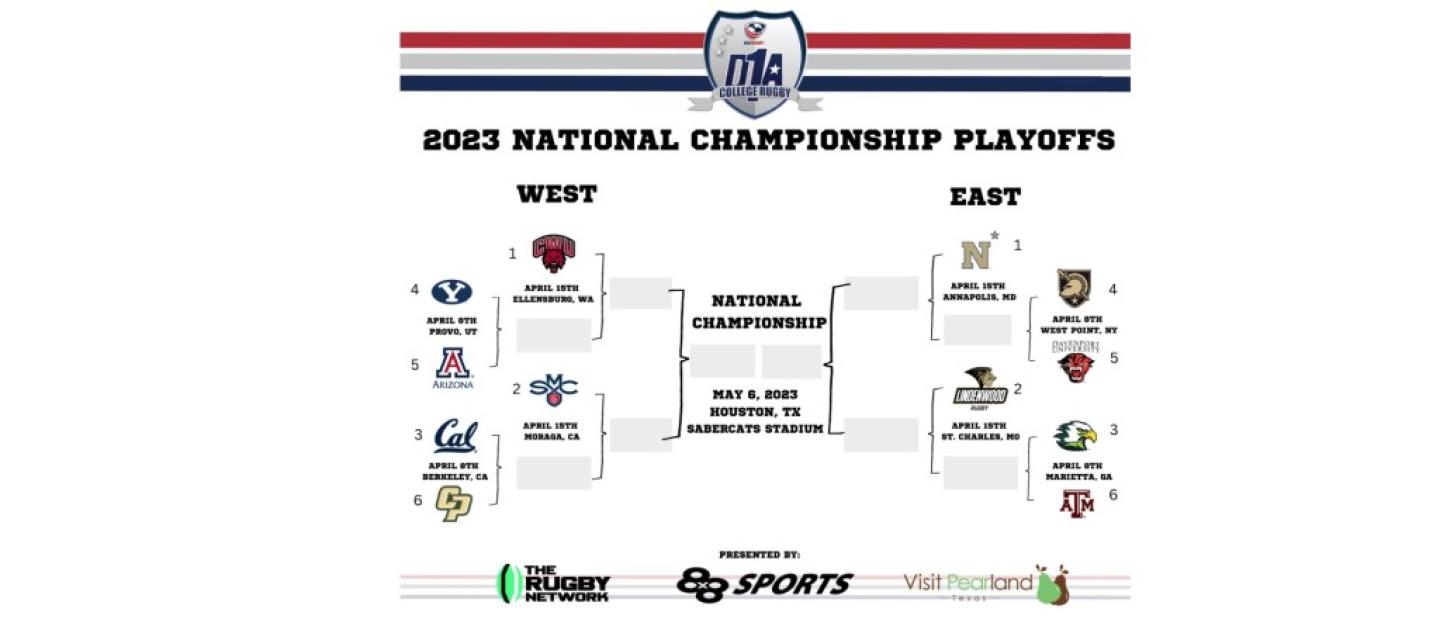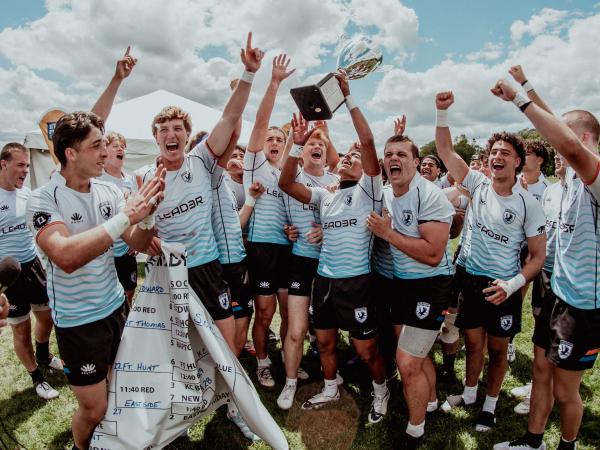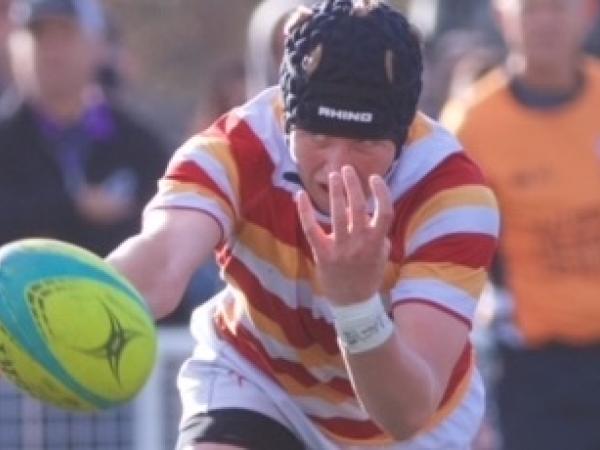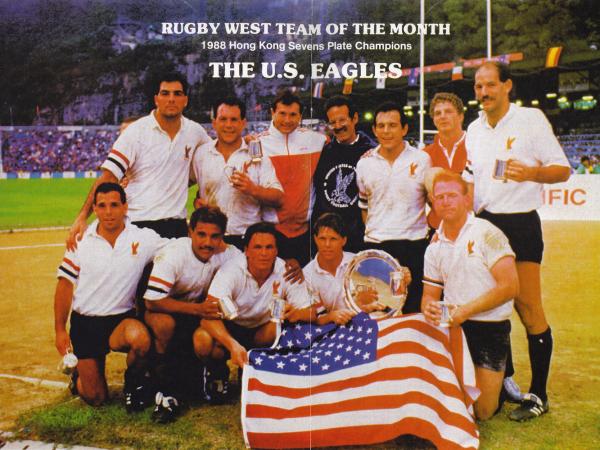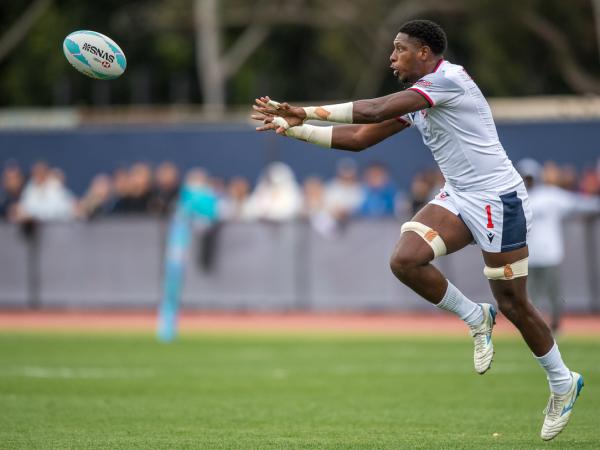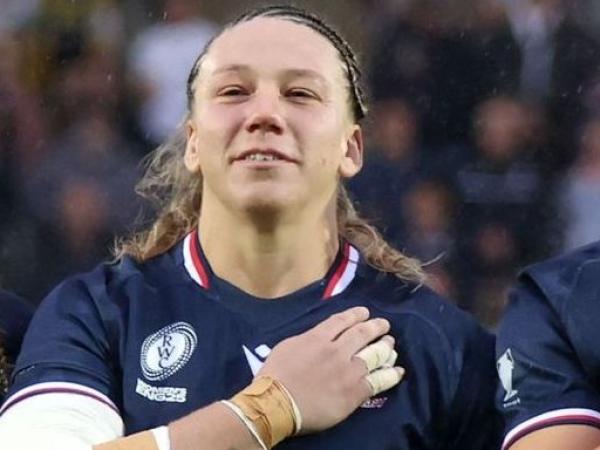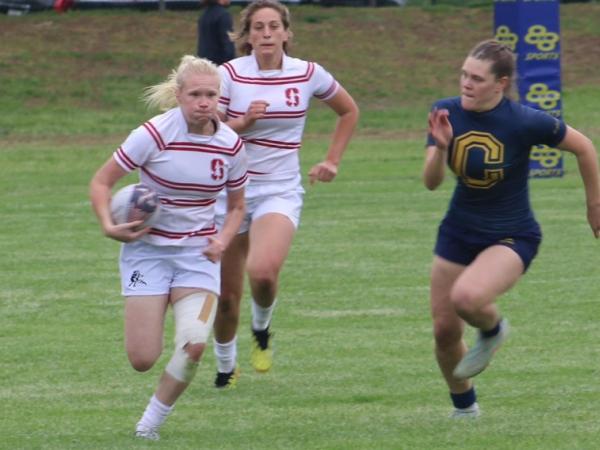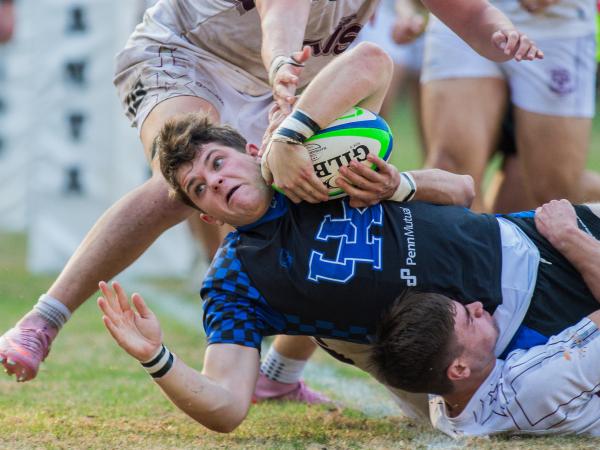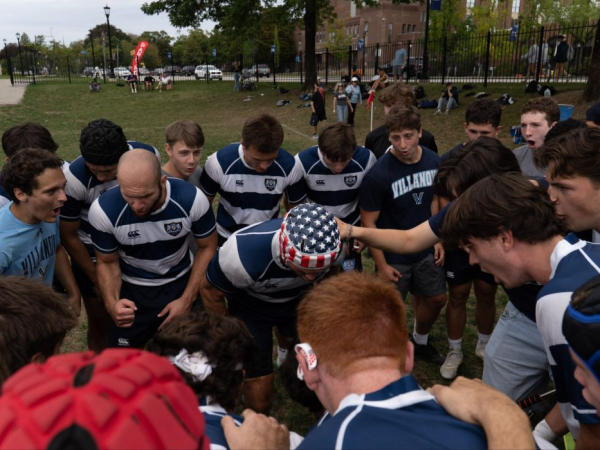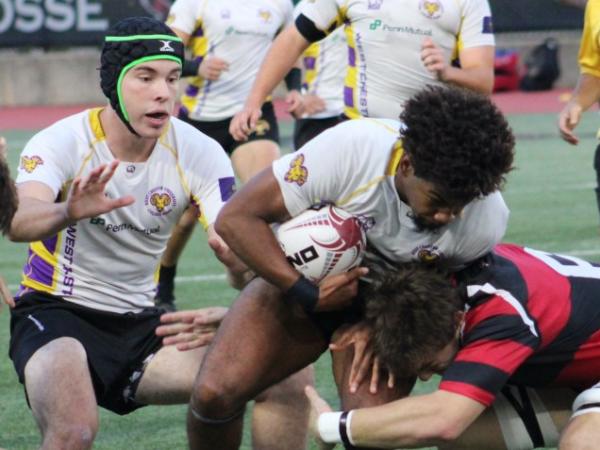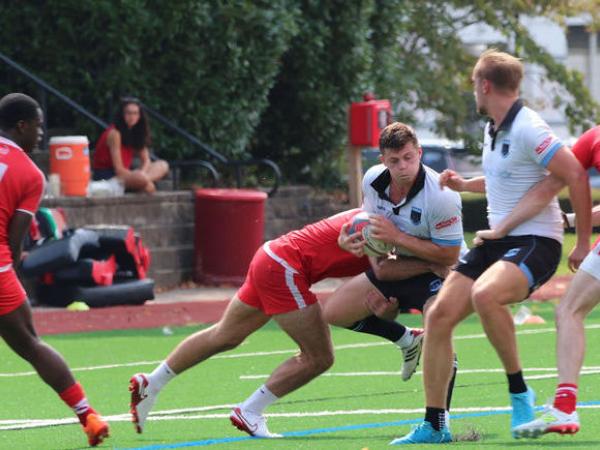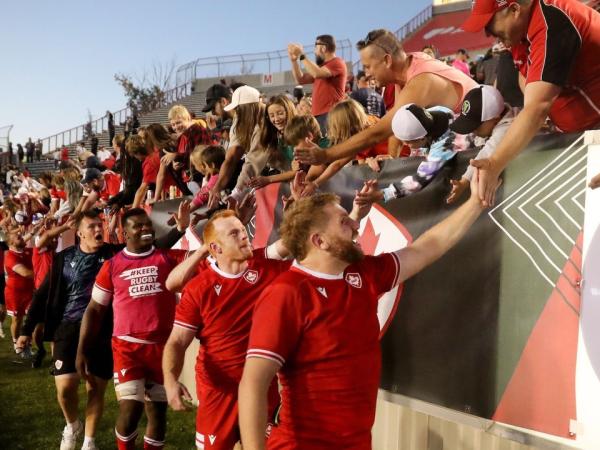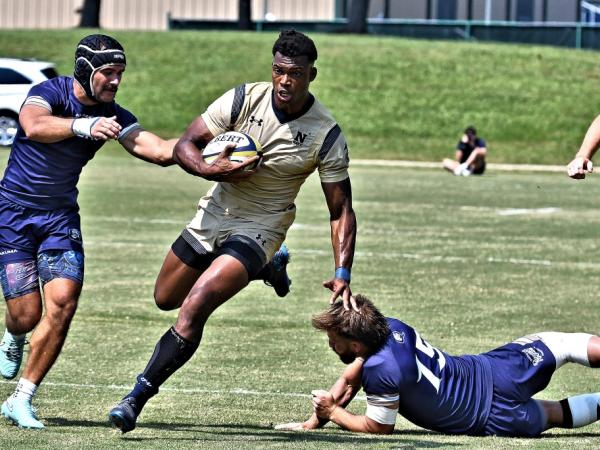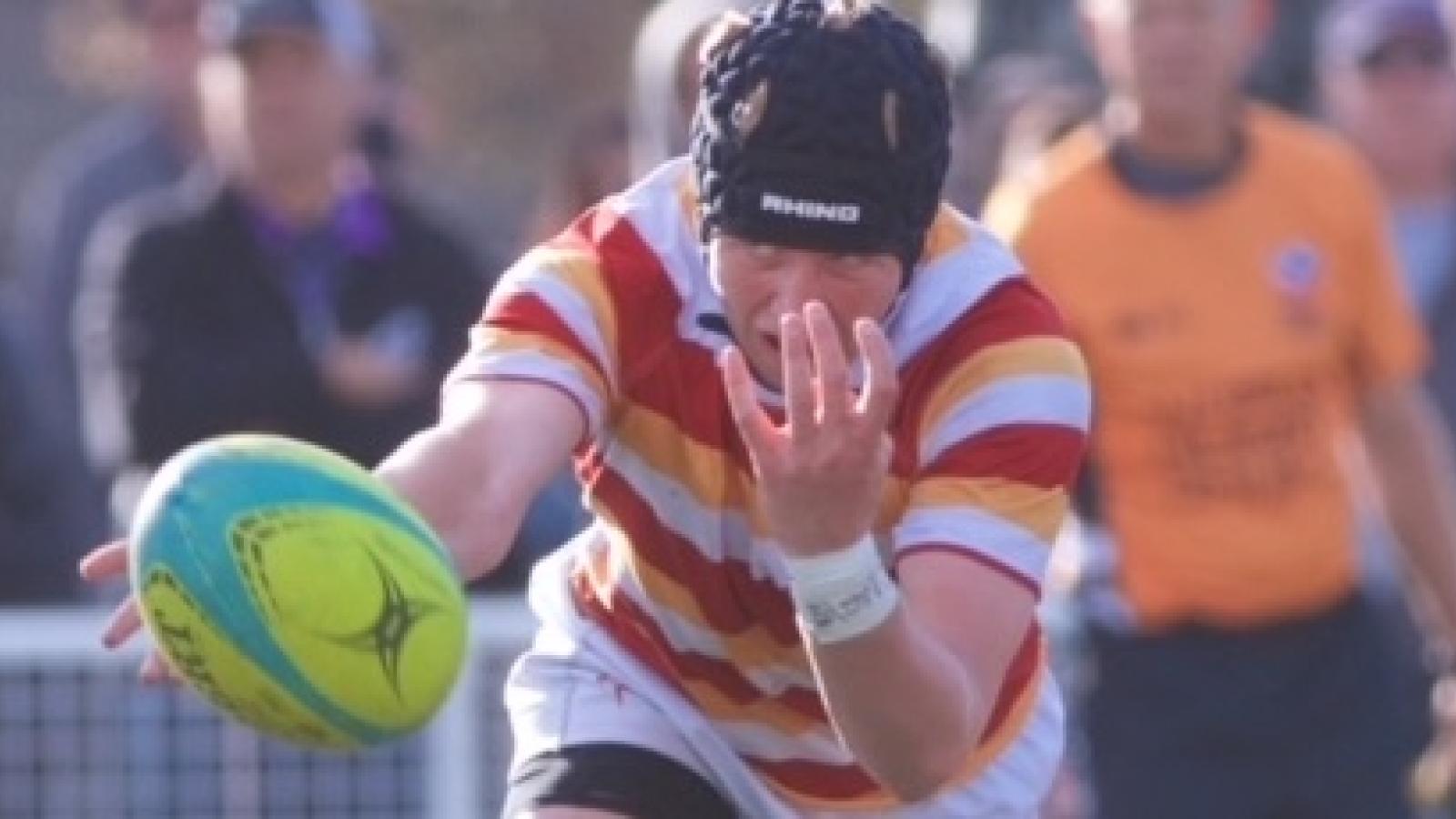There are complaints about the D1A brackets this year, but CRAA’s Paul Santinelli says that’s normal.
Santinelli, who oversees the rankings process, among other things, points to the NCAA basketball tournament or the FBS football rankings as other sources of conversation … and consternation.
“We’re trying to make it more mathematical,” Santinelli told GRR. “The thing is there’s never a perfect science to this and this is an evolutionary process. This is the first year we used power rankings because we went through something similar last year.”
The seeds in D1A have always been based on rankings, but the rankings were much more vote-focused in the past. This year Santinelli introduced an algorithm that included won-loss record in-conference, won-loss out-of-conference, strength of schedule, and polls.
The algorithm generally didn’t surprise anyone. Navy and Lindenwood were the top two teams in the east, and Central Washington and Saint Mary’s had to be the top two teams in the west.
But, there have been a few contentious issues. Here’s a look:
Teams Are Playing This Coming Weekend
Back at the beginning of the school year teams were told to wrap up their games before the end of March, because you can’t have a game on April 1 that changes travel plans and a coach has to go to his school on April 3 to arrange travel for a game on April 8. It’s just not feasible.
As it turned out, the games this weekend, chiefly Friday’s Cal at BYU, weren’t going to change much. Cal and BYU already host first-round games, and no result would push a team past Saint Mary’s and CWU.
“We had a tough decision to make,” said Santinelli. “You had teams traveling, had we not made the call this week, that couldn’t get to their administration until Monday. It’s a balancing act. You want to make it affordable for the teams and you want to make it fair.”
But BYU Beat Central Washington
Indeed the Cougars did, but it’s a totality of record. Yes BYU was undefeated in their conference and Central Washington doesn’t have a conference. Generally this comes down to strength of schedule and record against tough teams. Central beat UBC, UCLA, Saint Mary’s, Trinity Western, Army, and Arizona. (Their April 1 game vs Lindenwood is canceled because Alaska Airlines canceled Lindenwood’s tickets for no reason.)
Their only loss was by a single point to BYU.
BYU beat only two teams comparable to CWU’s list—Central Washington and Arizona—and lost to Life and Saint Mary’s. So CWU played more very tough teams and went 6-1 against them.
In GRR’s rankings we sometimes discard a very close result because of other factors. This is what the CRAA algorithm did here. Even if BYU beats Cal, it’s not enough to overcome CWU’s major results.
“If we had a scenario where we might have a #3 seed become a #2 and get a bye, maybe we’d look at that, but we didn’t see any scenarios where someone could leapfrog like that. We had a competitions meeting in the summer and we were told you need to make sure you’re finishing up your matches before the end of March. One of the feedbacks we got last year is it’s really tough to play three or four matches right into the championships. So we worked back off from May 6 and looked at where playoffs should begin.”





